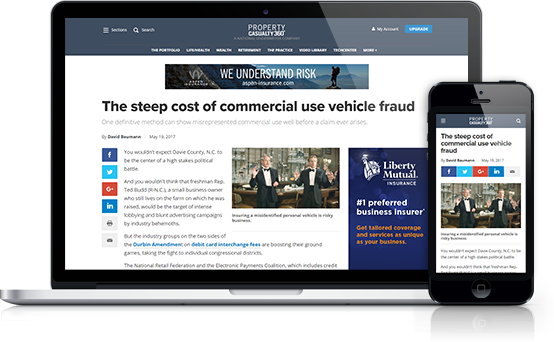In honor of AA&B‘s 80th anniversary issue, I found myself wondering how someone were to have penned an article on policy issues in 1929. I discovered the answer in an actual article from the first issue of AA&B‘s predecessor The Local Agent, in which C. H. Smith, assistant general agent for the Hartford Fire in Chicago, decried the “use and occupancy” insurance sales methods of most agents at the time. Over the intervening years at various times, this coverage has been known as “time element,” “business interruption” and today’s term, “business income.” Yet the issues raised by Smith 80 years ago are as contemporary as an iPhone. Herewith, beginning with Smith’s actual words, altered and abridged only to render them as if they were a query addressed to me, is how I believe that 1929 article may have read: “Mr. C. Amrhein: It appears the majority of men selling use and occupancy insurance say too much to their prospects. I do not mean that they should not tell the prospect enough so that he will understand his policy, but often the agent goes too far in explaining details.
Although the agent understands perfectly what he is explaining about the form of the policy, a person who is not thoroughly acquainted with the form becomes bewildered and confused. He begins to study small details which have little to do with the value of the policy. Often the details are hard to understand and the prospect slow to recognize value.
The salesman should be willing to accept as a fact the nature of the coverage, which is insurance against an intangible thing, and our inability to measure definitely and surely this intangible loss, then go ahead and sell the insurance on the basis of the best that we can do in view of the nature of the subject of the insurance. I solicit your thoughts. Respectfully, C. H. Smith.”












 Copyright © 2025 ALM Global, LLC. All Rights Reserved.
Copyright © 2025 ALM Global, LLC. All Rights Reserved.